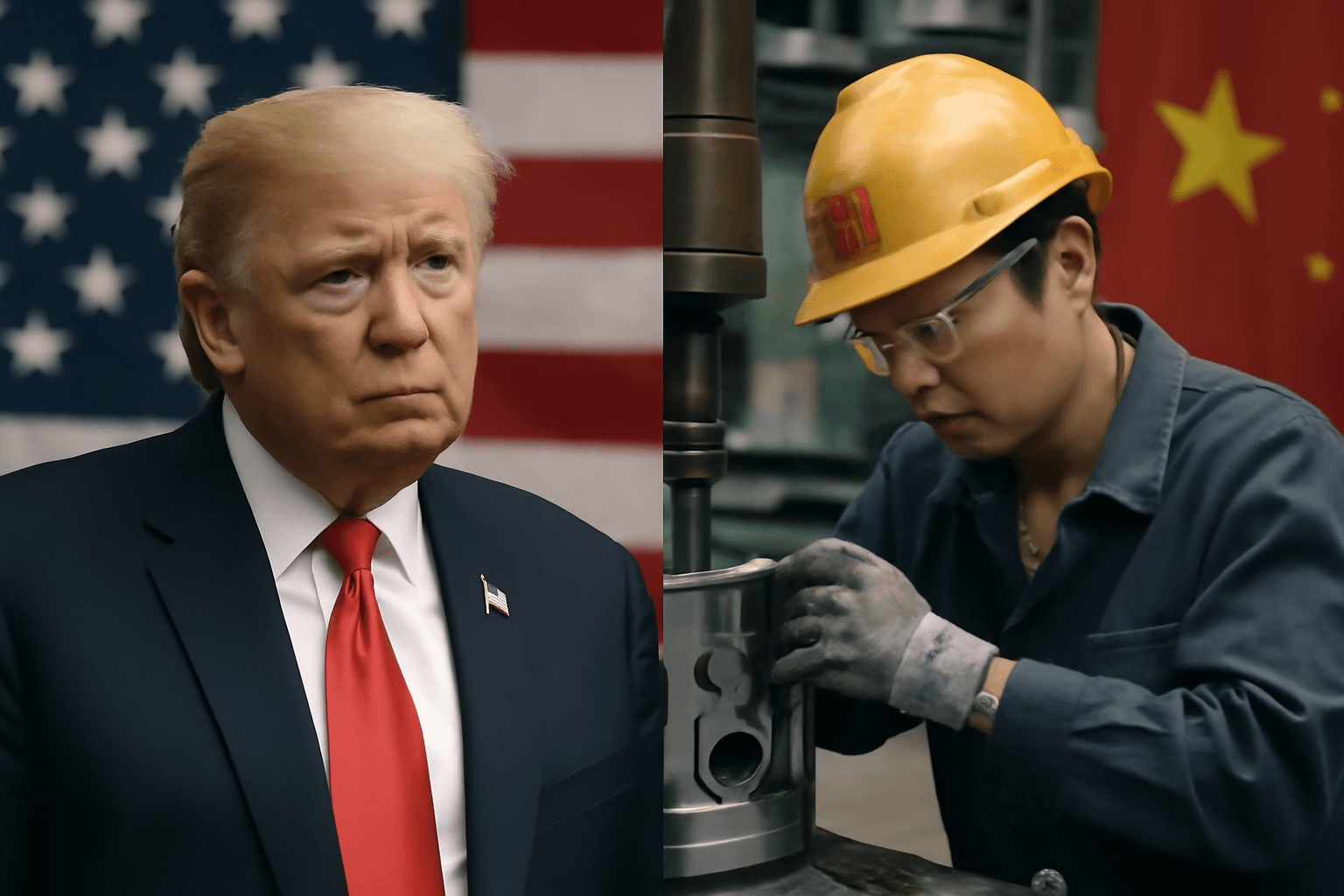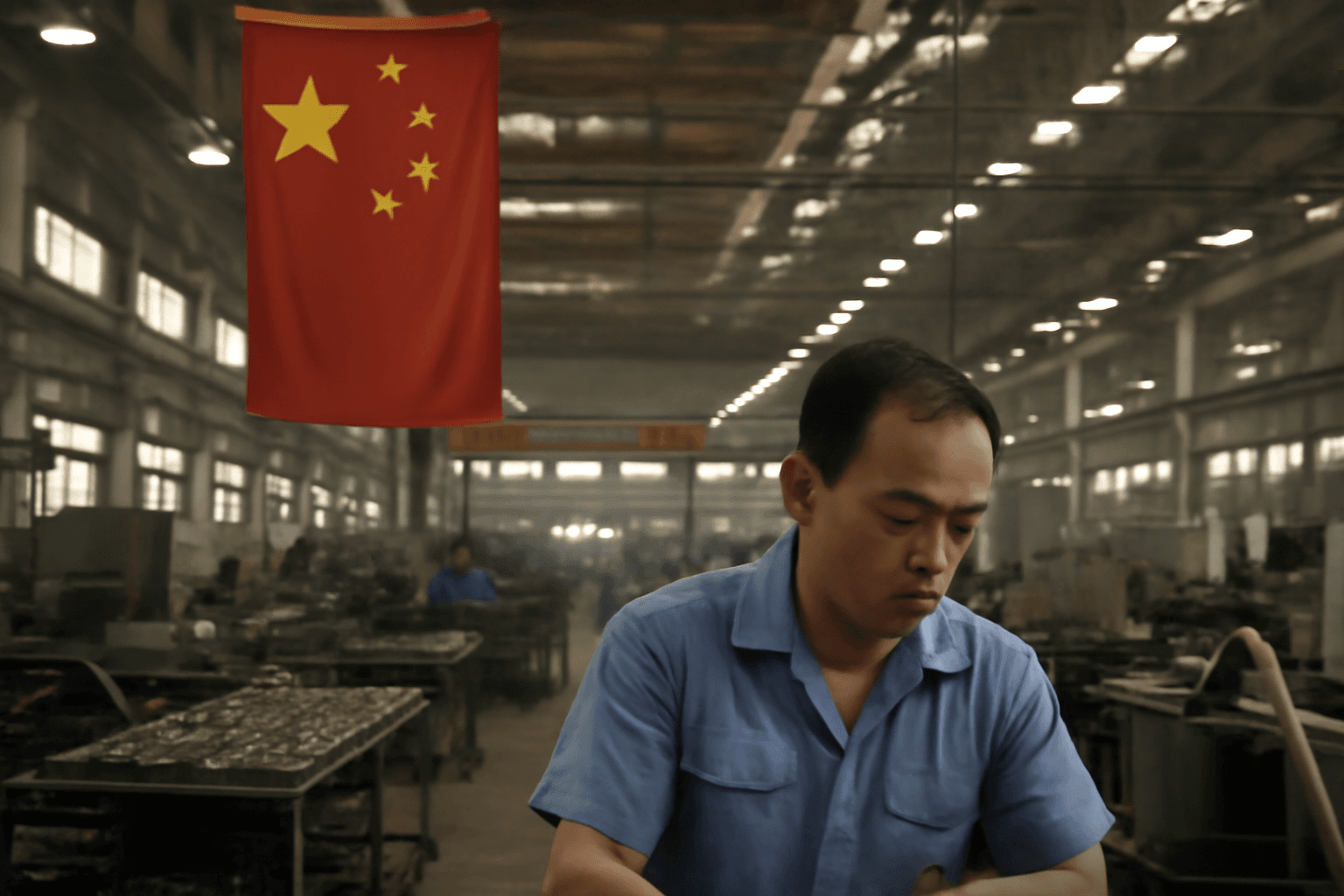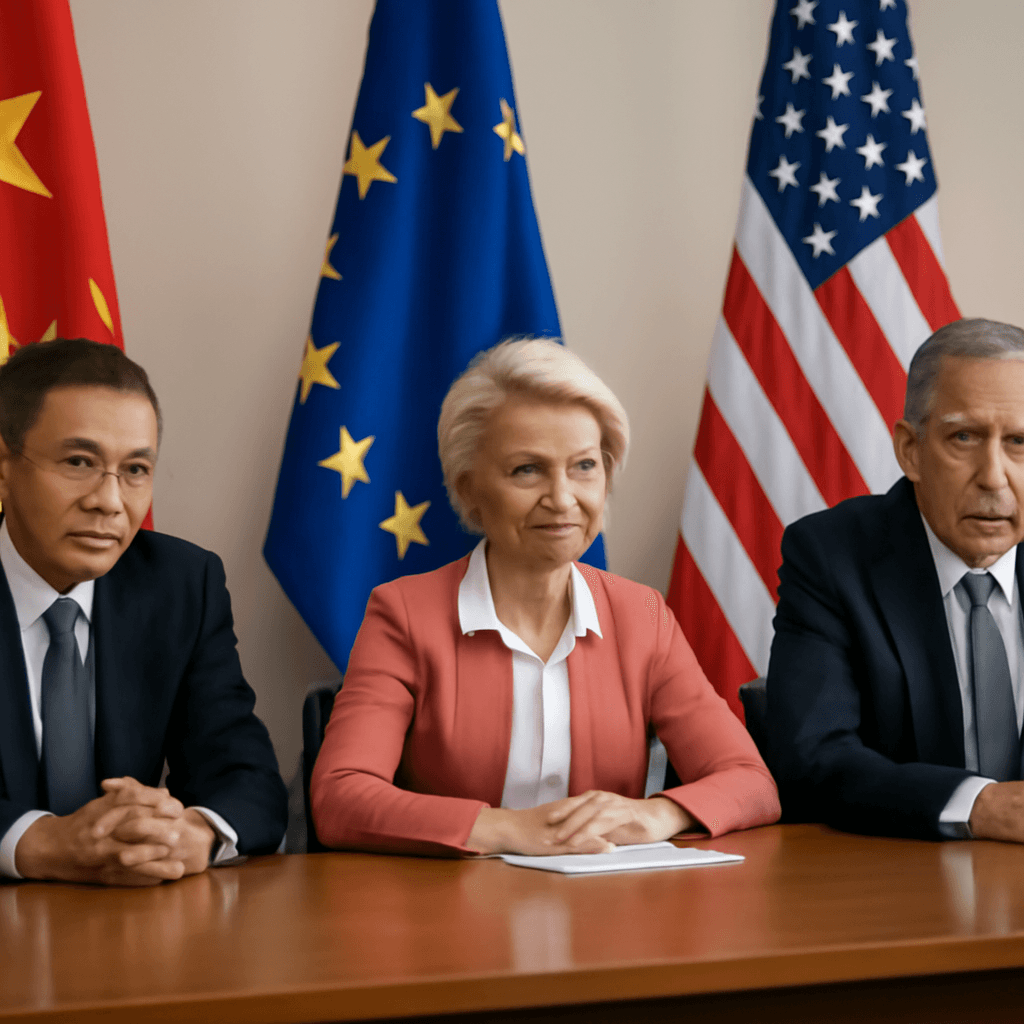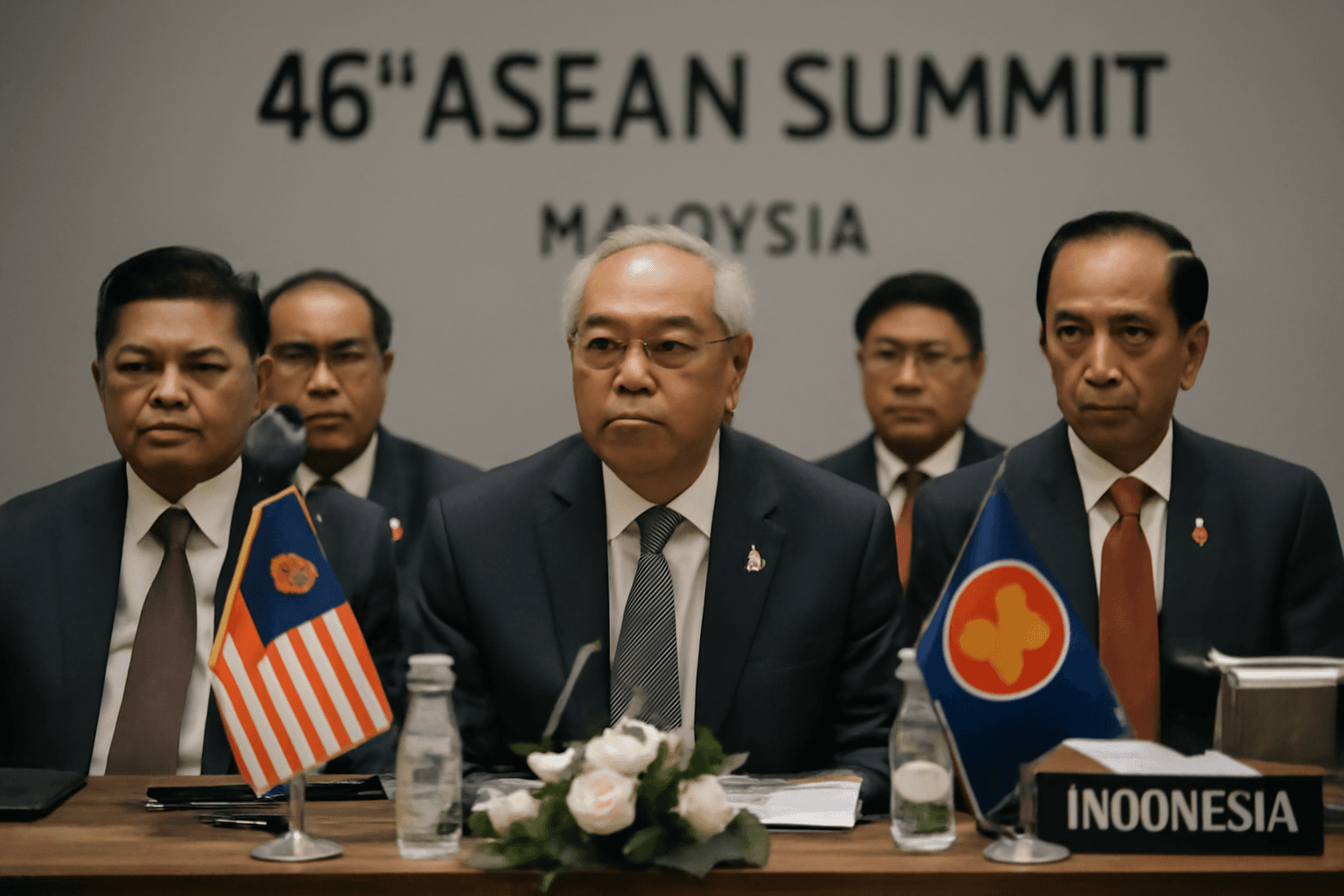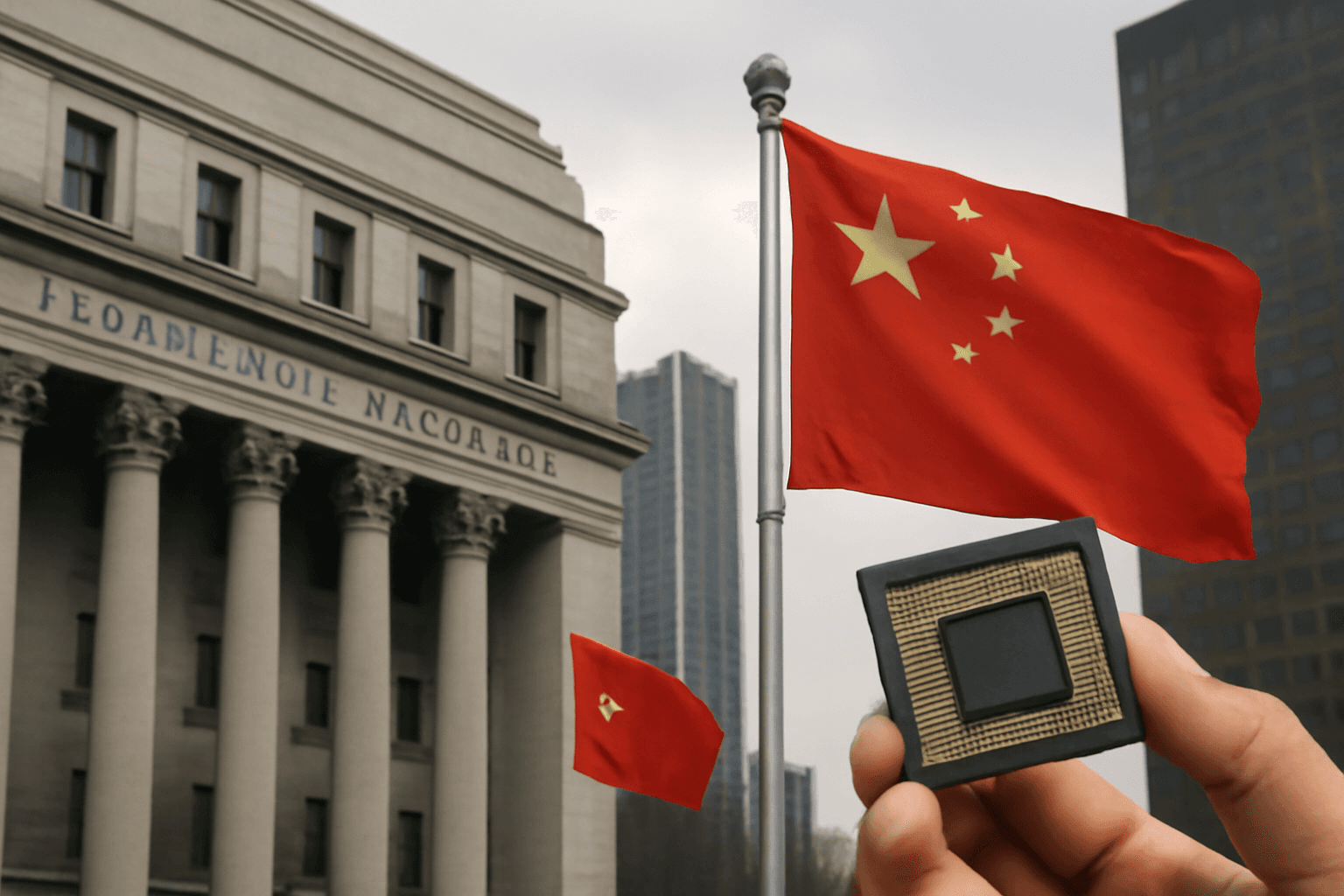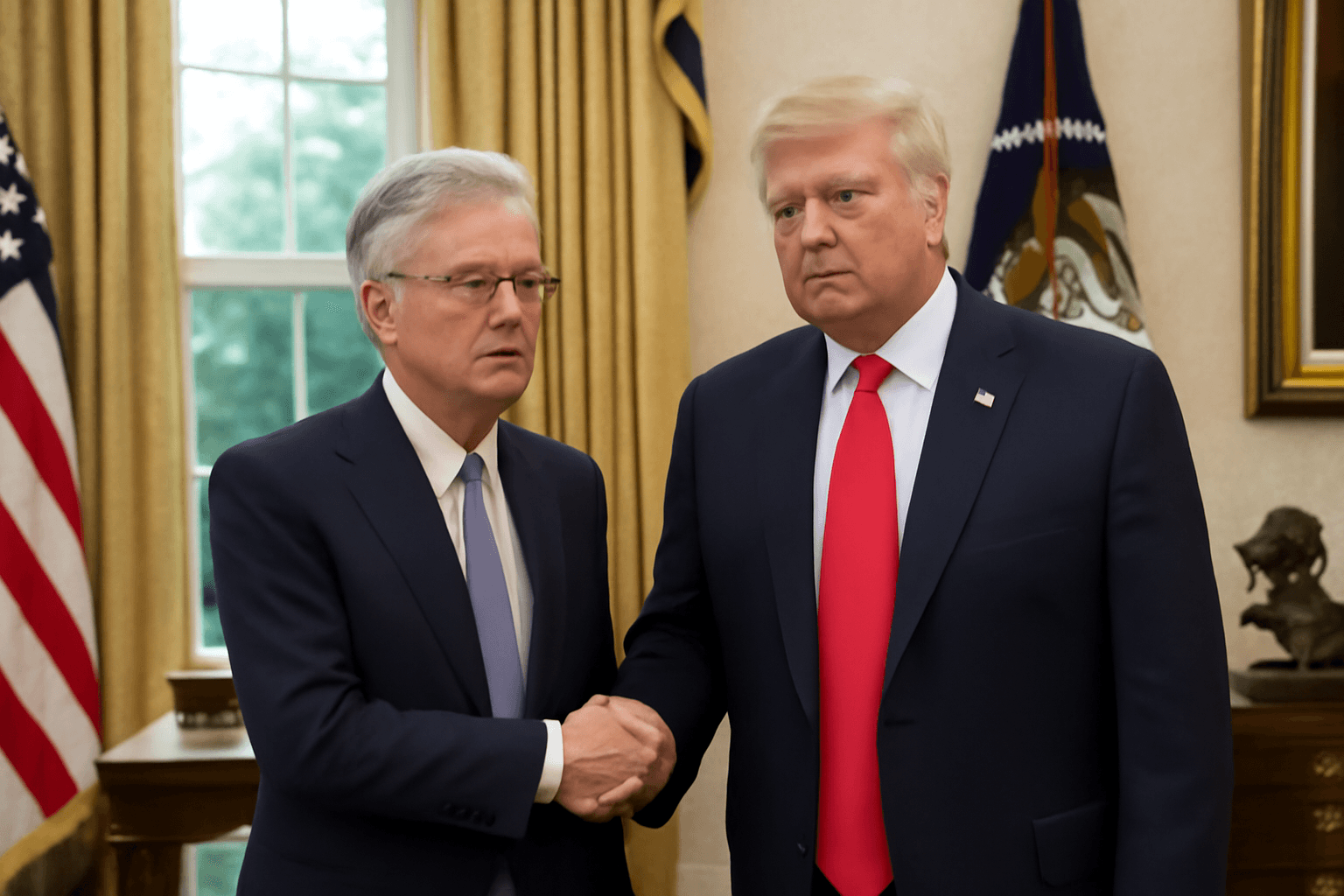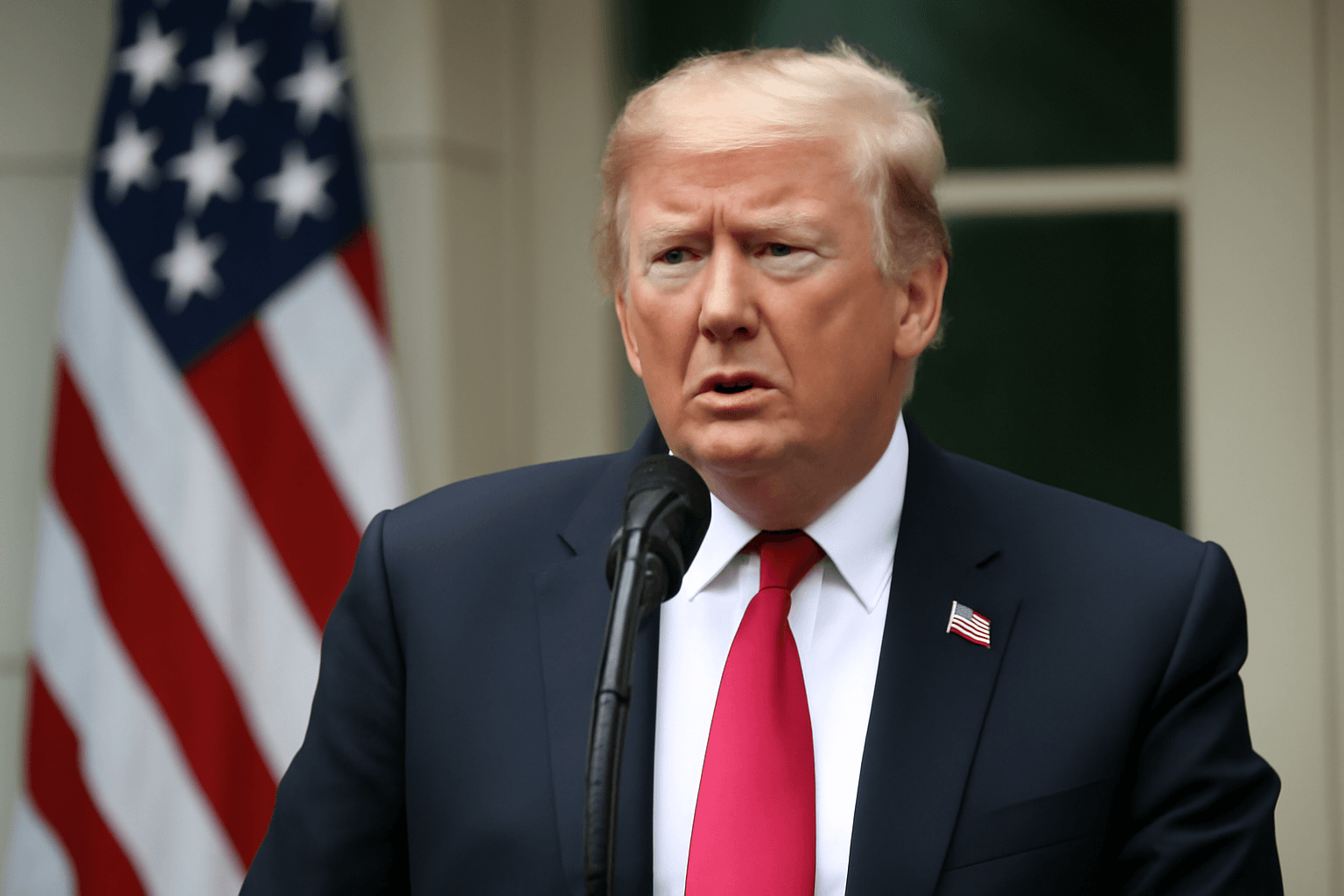As tensions continue to shape the fragile trade relationship between the United States and China, President Donald Trump insists that American companies should prioritize domestic production. This comes as China prepares to bolster its efforts in high-end manufacturing, signaling a determination to maintain its manufacturing capabilities as a central facet of its national strategy.
According to a report by Bloomberg, Chinese officials are revising the "Made in China 2025" industrial policy, with the aim of further advancing in sectors such as semiconductor manufacturing and artificial intelligence. This updated initiative will likely seek to downplay criticism from Western powers, particularly the United States, as it focuses on enhancing China's technological independence and global competitiveness.
China's commitment to manufacturing remains unwavering, particularly as the U.S. pushes for economic decoupling. The Trump administration has been encouraging American firms to shift supply chains back home, particularly in critical sectors like electronics and healthcare. As tariffs on Chinese imports have surged, Beijing's stance appears increasingly at odds with Washington's objectives.
The importance of manufacturing to China goes beyond economic metrics; it is an essential part of national security and job creation strategies. Although the Chinese government recognizes the importance of increasing household consumption, it has refrained from setting specific targets, citing concerns over the effectiveness of government policies in fostering consumer spending.
China's economic vision, articulated by President Xi Jinping, emphasizes the need for innovation and the development of what he calls "new productive forces," including advanced manufacturing and renewable energy technologies. Analysts suggest that the persistence of an export-oriented model may complicate U.S.-China trade relations further.
Despite international scrutiny, China’s advancements in key technological sectors have seen tangible success. Research indicates that the original Made in China 2025 plan has propelled China into a leadership position in several critical technology domains. However, the country continues to grapple with the structural imbalance manifested in its GDP composition, with consumption representing only about 40 percent, in stark contrast to the higher figures typically seen in developed markets.
During the recent National People's Congress, Premier Li Qiang underscored domestic demand as the foundation for future growth. Yet, the anticipated shift toward consumption has not yet materialized in concrete policies or initiatives. As both nations navigate this complex landscape, the divergence in their economic priorities emphasizes the deepening stakes in their ongoing trade interactions.

